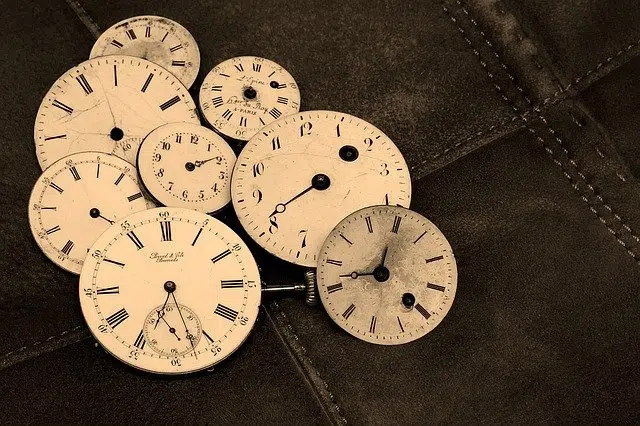
The adjective contemporary can refer to the current era.
The adjective contemporary has its etymological origin in the Latin language ( contemporaneus ). It is a word that is the result of the sum of several components that are clearly determined:
-The prefix “con-”, which can be translated as “on par” or “together”.
-The noun “tempus”, which is equivalent to “time”.
-The suffix “-aneo”, which is used to indicate belonging.
Concept of contemporary
Contemporary refers to that or that which exists at the same time as another thing or another individual . It can also refer to what is linked to the current era . For example: “William Shakespeare and Miguel de Cervantes were contemporaries” , “I think this artist is the best contemporary painter” , “I would have loved to be a contemporary of Aristotle” .
Two contemporary elements, therefore, exist in the same time period taken as reference. There is, therefore, a chronological simultaneity between the two.
Some examples
Galileo Galilei (1564-1642) and René Descartes (1596-1650) were two contemporary personalities: they were born in the second half of the 16th century and died in the first half of the 17th century . The footballers Lionel Messi and Cristiano Ronaldo , for their part, are also contemporaries.
Contemporaneity, of course, depends on the frame of reference since Galileo is a contemporary of Descartes but not of Messi . Nobody is contemporary per se, as if it were an intrinsic characteristic.

The contemporary is something that exists at the same time as something else.
The contemporary in art
It is common for art to be divided into historical stages. This is how names such as contemporary dance , contemporary painting , contemporary architecture , etc. emerge.
The so-called contemporary dance or contemporary dance we have to establish that it has its origin at the end of the 19th century and does so as a way of trying to express a new way of understanding that art, of being able to get the body to express itself more freely. Specifically, it appeared as a way to break with the strictest rules and keys of the so-called classical ballet.
Other interesting facts about contemporary dance with the following:
-It is always connected with the emotions, feelings, passions... of the human being. It is defined as a connection between the body and the earthly.
-Sometimes, you simply look for an aesthetic and do not necessarily have to proceed to tell a story.
-It must be stated that two schools are established within this dance: the European and the American.
-In the European school figures of the stature of Mary Wigman, Rudolf Laban and Kurt Jooss have played a fundamental role. Meanwhile, in the American school they are vital characters from Isadora Duncan to Martha Graham through José Limón and Doris Humphrey.
-Some of the types of contemporary dance that exist are salsa, merengue, tango, hip hop, breakdance, bachata...
The current era
The Contemporary Age , on the other hand, is the period that begins with the French Revolution or the Declaration of Independence of the United States and extends to the present day.
In all these years, Humanity has gone through multiple significant changes and transcended various limits that were considered natural, but that man managed to overcome through the development of knowledge.
